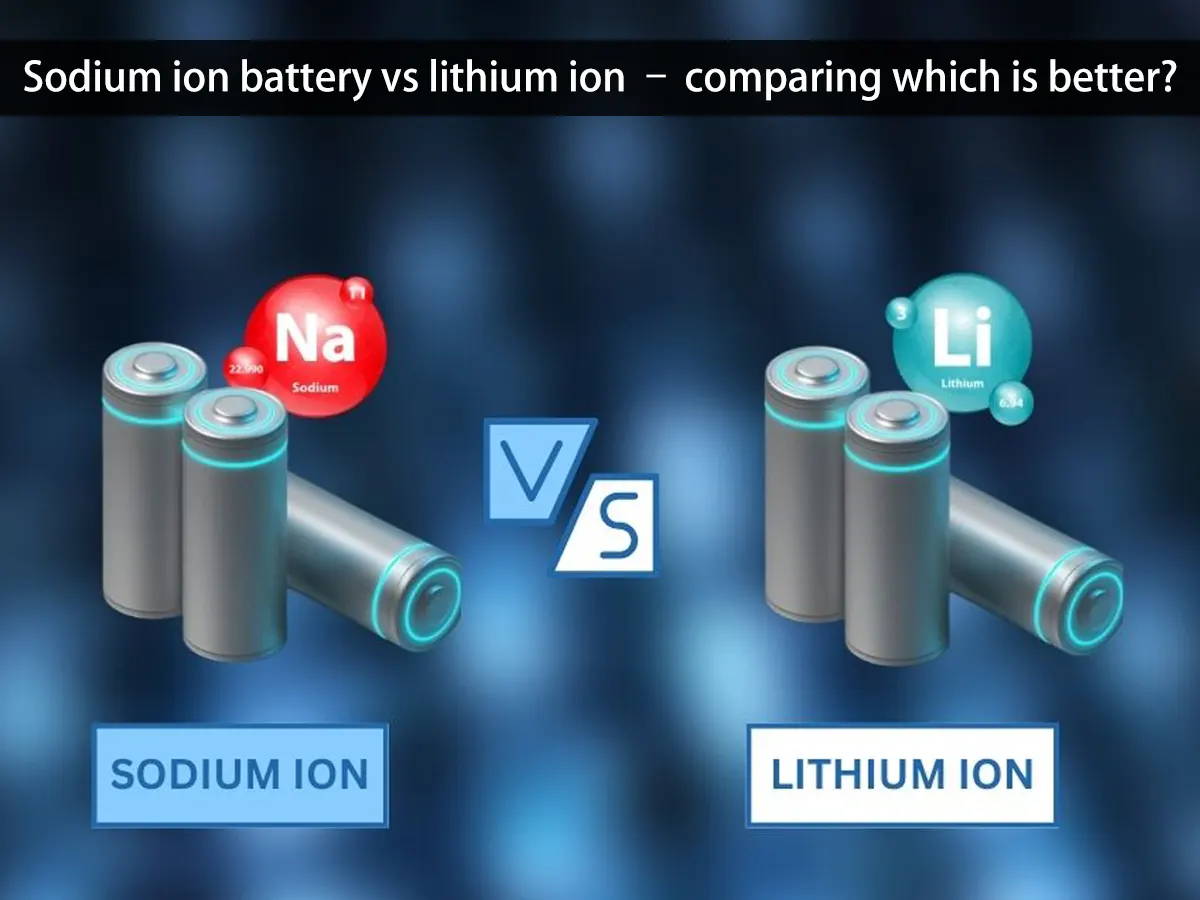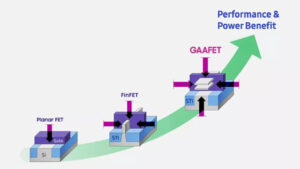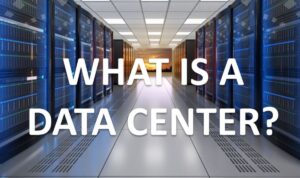Introduction:
In a remarkable leap forward for energy storage, scientists have developed sodium-ion batteries capable of charging within seconds.
This breakthrough promises to revolutionize the way we power devices, offering faster charging times and greater efficiency compared to traditional lithium-ion batteries.
Korea Advanced Institute of Science and Technology (KAIST) has developed a high-energy, high-power hybrid sodium-ion battery capable of rapid charging.
The Secret Sauce: The key lies in combining anode materials from conventional batteries with cathodes typically used in supercapacitors. Supercapacitors are known for their ability to store and release energy rapidly.
The Benefits: This hybrid approach offers both high energy density (holding a lot of charge) and super-fast charging times (potentially just seconds).
The Future: This technology has the potential to revolutionize electric vehicles, consumer electronics, and other applications that rely on batteries.
Follow us on Linkedin for everything around Semiconductors & AI
Understanding Sodium-ion Batteries:
Sodium-ion batteries, similar to their lithium-ion counterparts, store and release energy through the movement of ions between positive and negative electrodes.
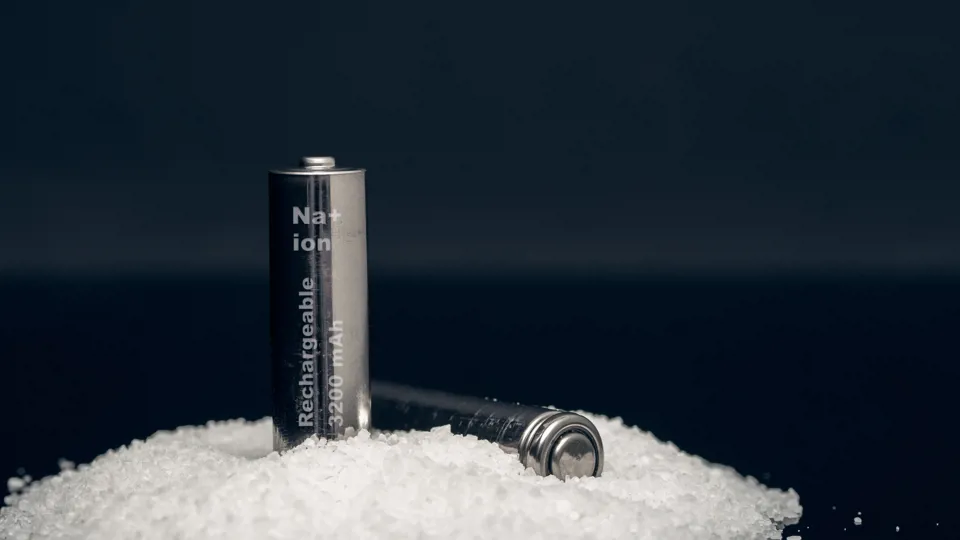
However, unlike lithium-ion batteries which use lithium ions, sodium-ion batteries employ sodium ions for this purpose.
Sodium is a widely abundant and inexpensive element, making sodium-ion batteries a promising alternative to lithium-ion batteries.
Regular lithium-ion batteries take time to charge because the lithium ions slowly travel between the anode and cathode during charging and discharging. This process is limited by the materials used and the rate at which ions can move.
Here’s how the new Sodium-ion batteries achieve super-fast charging:
- Hybrid Material Approach: Researchers combined two key components:
- Anode: They use an anode material typically found in conventional batteries, which allows for efficient sodium ion storage.
- Cathode: The innovative part is the cathode. They incorporated materials used in supercapacitors. Supercapacitors can store and release energy very rapidly, but lack the high energy density of batteries (how much charge they can hold).
- Supercapacitor Power: By using cathode materials from supercapacitors, these new sodium-ion batteries can accept a large current of sodium ions very quickly, leading to the ultra-fast charging times.
- Trade-off for Capacity: It’s important to note that there’s likely a trade-off between charging speed and total energy storage capacity. Supercapacitors may provide the fast charging, but they typically can’t hold as much energy as traditional batteries.
The researchers are likely working on optimizing this balance to achieve both rapid charging and sufficient energy density for practical applications.
Read More: How Many Lines of Codes are There in Top Apps: Whatsapp, Tik Tok and MacOS – techovedas
A Comparative Analysis of Sodium-ion Batteries and Lithium-ion Batteries
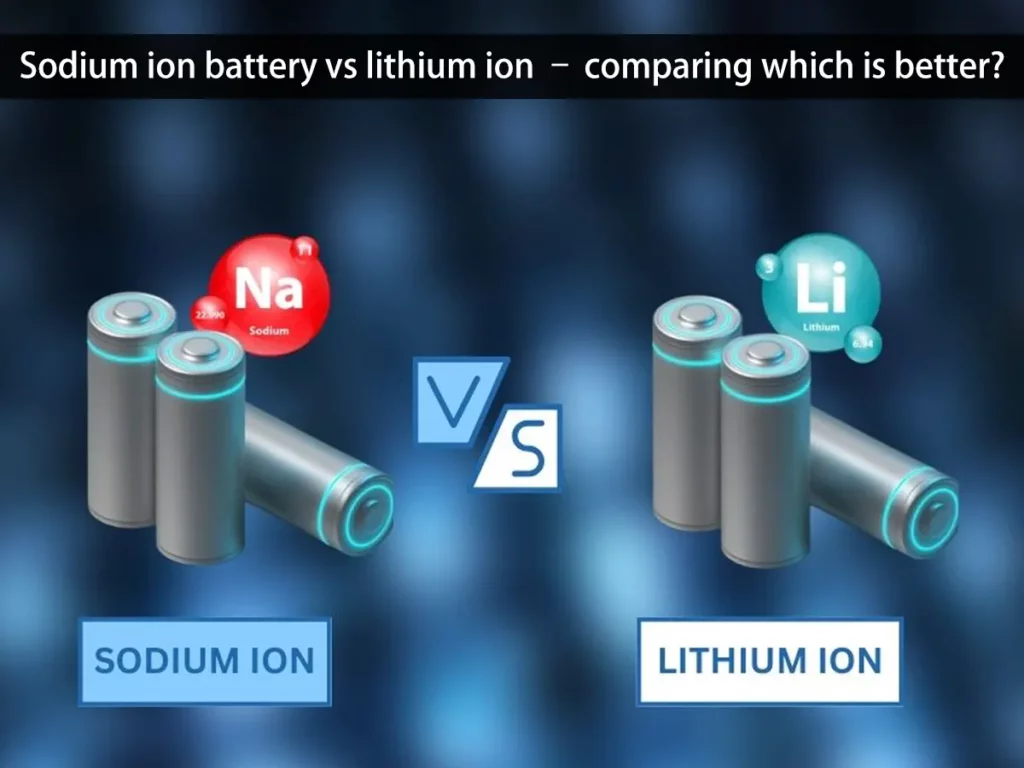
As the demand for efficient energy storage solutions continues to grow, sodium-ion batteries have emerged as a promising alternative to the ubiquitous lithium-ion batteries. we compare these two battery technologies across various key parameters to assess their strengths and weaknesses.
| Parameter | Sodium-ion Batteries | Lithium-ion Batteries |
|---|---|---|
| Charging Speed | Charge in seconds | Relatively slower charging times |
| Cost-effectiveness | Sodium is abundant and inexpensive | Lithium is more expensive and less abundant |
| Environmental Impact | Safer and more environmentally friendly | Concerns over resource scarcity and hazardous materials |
| Energy Density | Lower energy density compared to lithium-ion batteries | Higher energy density, providing longer-lasting power |
| Cycle Life | Varies; improvements needed for long-term durability | Generally longer cycle life, offering more charge-discharge cycles |
| Application Scope | Growing use in consumer electronics, EVs, and grid storage | Widely used in consumer electronics, EVs, and stationary storage |
While both sodium-ion and lithium-ion batteries have their respective advantages and limitations, the rapid charging capability and cost-effectiveness of sodium-ion batteries make them an increasingly attractive option for various applications. However, lithium-ion batteries continue to dominate the market due to their higher energy density and longer cycle life. As research and development efforts continue, sodium-ion batteries may become more competitive with lithium-ion batteries, potentially reshaping the landscape of energy storage in the future.
Sodium-ion batteries potentially charging in seconds are a big deal for a few reasons:
Faster Charging Times: Compared to lithium-ion batteries that can take hours to fully charge, seconds would be a game-changer. This could dramatically improve the user experience for electric vehicles (EVs). Imagine pulling up to a charging station and being back on the road in just a few minutes, similar to filling up a gas tank today.
Wider Adoption of EVs: Faster charging times could address a major concern for potential EV buyers – range anxiety. The fear of running out of power and being stranded would be significantly reduced if drivers could quickly refuel their vehicles. This could lead to a faster transition towards electric transportation and a reduction in greenhouse gas emissions.
Improved Efficiency for Devices: The benefits extend beyond EVs. Faster charging could improve the usability of various electronics. Laptops, phones, and other devices could be powered up in a flash, eliminating the need to wait around for them to charge.
Cost-Effective Alternative: Sodium is a much more abundant and cheaper resource than lithium. This could bring down the production cost of batteries, making them more affordable for consumers and manufacturers.
Safety Advantages: These are generally considered safer than lithium-ion batteries. They are less prone to overheating or catching fire, offering additional peace of mind for users.
Overall, the development of fast-charging holds immense potential to transform the way we use and store energy. It could usher in a new era of faster, more convenient, and potentially more sustainable energy solutions.
Read More: GPT-4o: 12 Mind-Blowing Use Cases That Change How We Interact with AI – techovedas
Applications and Implications:
The rapid charging capability opens up a myriad of possibilities across various industries.
From consumer electronics to electric vehicles and renewable energy storage systems, the ability to recharge batteries in seconds could transform how we use and perceive energy.
Imagine fully charging your smartphone or electric car in the time it takes to brew a cup of coffee – this could soon become a reality with sodium-ion battery technology.
Read More: Google Commits €1 Billion to Finnish Data Center Expansion to Fuel AI Advancement – techovedas
Future Outlook and Challenges:
While this development represents a significant advancement in energy storage technology, there are still challenges to overcome.
Researchers are working to improve the energy density and cycle life of sodium-ion batteries to make them more competitive with lithium-ion batteries.
Additionally, scaling up production and ensuring commercial viability will be crucial steps in realizing the full potential of sodium-ion battery technology.
Read More: Samsung Unveils World’s First QD-LED Display at SID 2024 Expo – techovedas

